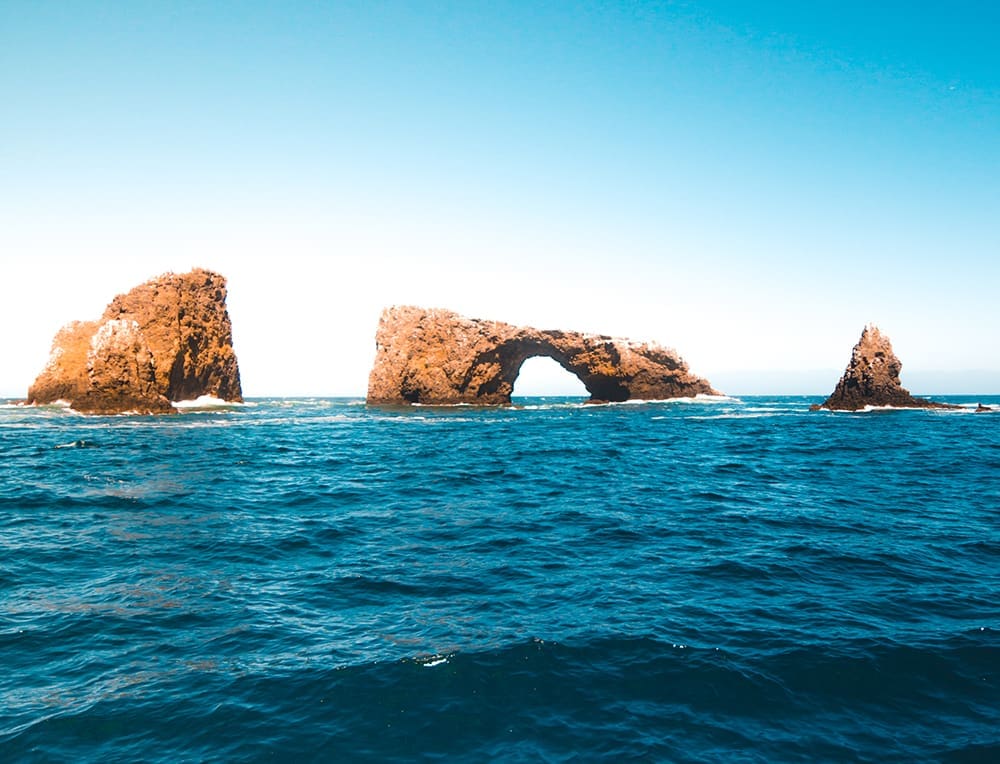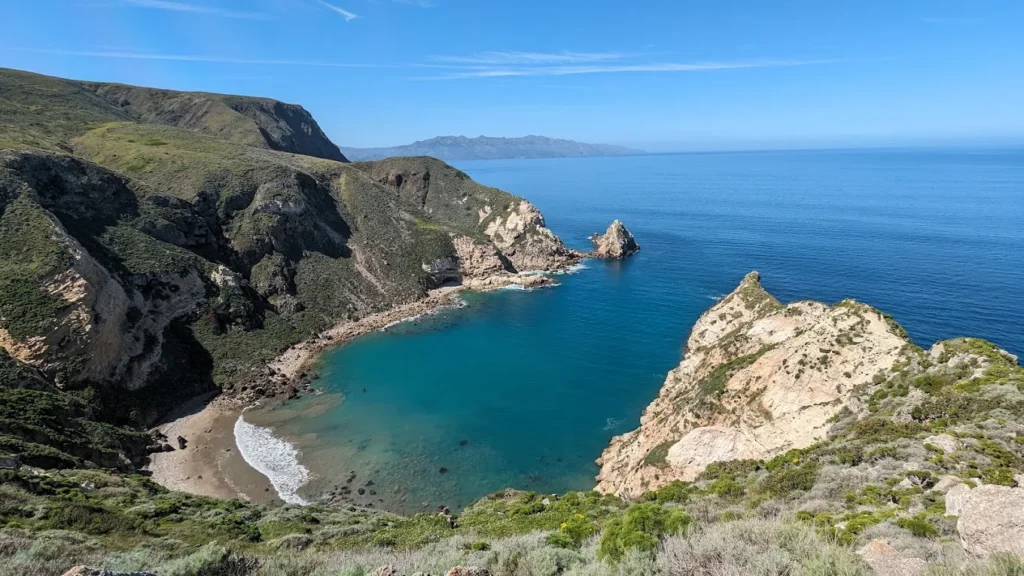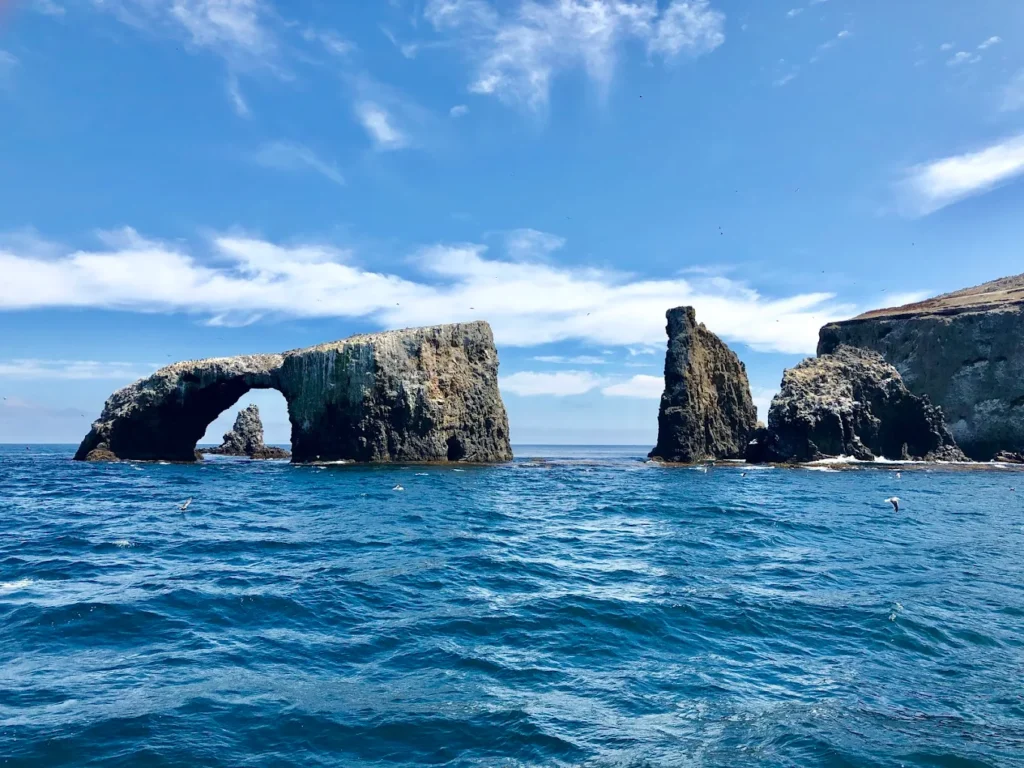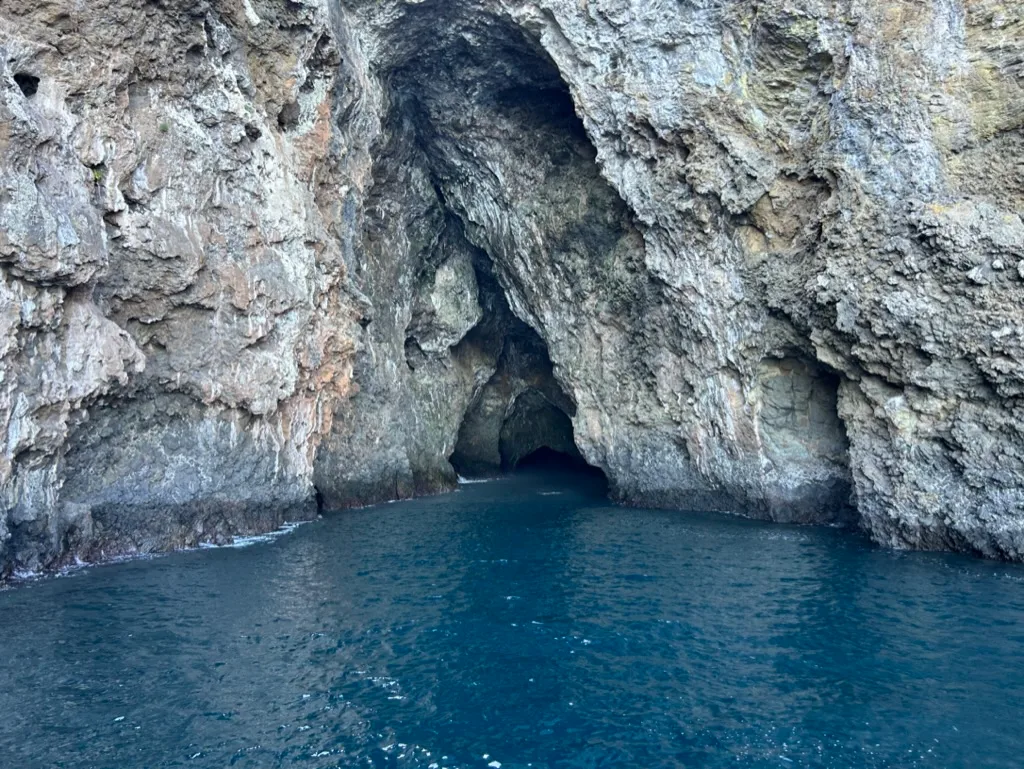Just a short boat ride from the bustling Southern California coast lies a world apart—a place where time seems to slow, and nature remains profoundly wild. Channel Islands National Park, often called the “Galapagos of North America,” is a breathtaking chain of five protected islands that offers a powerful escape into a pristine, undeveloped landscape. This is not your typical national park with drive-up viewpoints and crowded lodges. It’s an adventure that requires intention, a journey that rewards visitors with unparalleled solitude, unique wildlife, and a deep connection to the natural world.
For those willing to cross the channel, this remarkable park reveals a glimpse of what coastal California once was. From rugged cliffs plunging into sapphire waters to rolling hills dotted with plants and animals found nowhere else on Earth, the Channel Islands are a sanctuary for both wildlife and the human spirit.

The Five Islands: Choosing Your Unique Adventure
Channel Islands National Park is composed of five distinct islands, each with its own unique character and ecosystem. While you can’t see them all in one day, choosing your destination is the first step of the adventure. The two most accessible islands for first-time visitors are Anacapa and Santa Cruz.
- Anacapa Island: Often the perfect introduction, Anacapa is the closest island to the mainland. It’s famous for its iconic 1932 lighthouse, the stunning vista of Arch Rock, and its massive breeding colonies of seabirds, including the Western Gull. Its relatively flat, short trails make it ideal for a less strenuous day trip focused on breathtaking coastal views.
- Santa Cruz Island: The largest island in the park, Santa Cruz offers the most diverse range of recreational activities. Here you can embark on strenuous day hikes into its two rugged mountain ranges, explore historic ranches, or engage in world-class sea kayaking along its cavernous coastline. Its size and varied topography support a wide array of plant and animal life.
- The Outer Islands: For the more intrepid traveler, Santa Rosa, San Miguel, and Santa Barbara islands offer a more remote and wild experience. These require longer boat journeys and are often multi-day camping trips, rewarding visitors with immense solitude, pristine beaches, and massive colonies of seals and sea lions.

A Sanctuary for Endemic Wildlife: Above and Below the Waves
The isolation of the Channel Islands has allowed evolution to work its magic, creating a haven for species found nowhere else on the planet. The undisputed star of the park is the adorable and resilient island fox. This cat-sized, fearless canine can often be spotted trotting along trails, a testament to one of the most successful conservation stories in U.S. history after it was brought back from the brink of extinction. Another endemic marvel is the island scrub-jay, a bird found only on Santa Cruz Island, distinguished by its larger size and deeper blue color compared to its mainland cousins.
Below the waves, the park protects a vibrant and thriving marine ecosystem. The giant kelp forests, often called the “rainforests of the sea,” create a stunning underwater cathedral for snorkelers and divers. These forests are teeming with life, from the bright orange Garibaldi (the California state marine fish) to sea urchins, starfish, and abalone. The waters surrounding the islands are also a highway for marine mammals, including playful dolphins, curious sea lions, and seals.

Adventures on the Water: Kayaking, Snorkeling, and Whale Watching
While the islands themselves are spectacular, the journey and the surrounding waters are an integral part of the experience. The Santa Barbara Channel is one of the best places in the world for whale watching. Depending on the season, your boat ride to the islands might be accompanied by pods of common dolphins, or you might witness the majestic migration of Pacific gray whales (winter/spring) or even spot the largest animal on Earth, the blue whale (summer/fall).
One of the most popular activities, particularly at Santa Cruz Island, is sea kayaking. Guided tours lead paddlers through majestic sea caves, under natural arches, and along a coastline sculpted by millennia of wind and waves. Gliding silently through the deep blue water, with sea lions sunning themselves on nearby rocks, is an unforgettable experience that offers a perspective of the islands you simply can’t get from land.

Lacing Up Your Boots: Hiking into a Pristine Past
To truly appreciate the raw beauty of the Channel Islands, you must explore them on foot. The islands are crisscrossed with hiking trails that range from easy, scenic walks to challenging, all-day treks. On Anacapa, a simple figure-eight trail leads you to inspirational viewpoints. On Santa Cruz, you can hike from Scorpion Canyon up to Cavern Point for panoramic ocean views or challenge yourself with the strenuous trek to Smugglers Cove.
What makes hiking here so special is the profound sense of isolation and tranquility. With no cars, no stores, and no cell service in most areas, you are left with only the sound of the wind, the cry of the gulls, and the rhythm of your own footsteps. It’s a rare opportunity to disconnect from the modern world and hike through landscapes that have remained virtually unchanged for centuries.

The Human Story: Legacy of the Chumash People
The natural history of the islands is only part of their story. For over 13,000 years, the Channel Islands were home to the Chumash people. These skilled maritime people thrived here, developing a rich culture deeply connected to the land and sea. They navigated the channel in plank canoes called tomols, traded with mainland villages, and built a sophisticated society. While the Chumash were eventually forced to leave the islands, their legacy remains. You can learn more about their history at the park’s visitor centers and feel their ancient presence as you walk the same paths and gaze upon the same stunning vistas.

Planning Your Expedition: What You Need to Know
A trip to the Channel Islands requires more planning than a typical park visit, but the effort is well worth it.
- Getting There: The only way to reach the park is by boat or small plane. Island Packers is the official boat concessionaire, with daily departures from Ventura and Oxnard harbors. Reservations are essential and should be made well in advance, especially during peak season.
- Best Time to Visit: Each season offers something different. Spring brings lush green landscapes and vibrant wildflower displays. Summer and fall offer the best weather for kayaking, snorkeling, and diving. Winter is the prime season for gray whale migration.
- Be Prepared: This is the most crucial rule. There are no services on the islands—no food, no stores, and in most places, no potable water. You must pack in everything you will need for the day, including plenty of water, food, sunscreen, and layers of clothing.
- Leave No Trace: Visitors are responsible for packing out everything they bring, including all trash. This philosophy helps preserve the islands’ pristine condition for wildlife and future generations.
Answer the call of the wild and plan your journey to this extraordinary national park. A visit to the Channel Islands is more than a vacation; it’s an expedition that will stay with you long after you’ve returned to the mainland.
